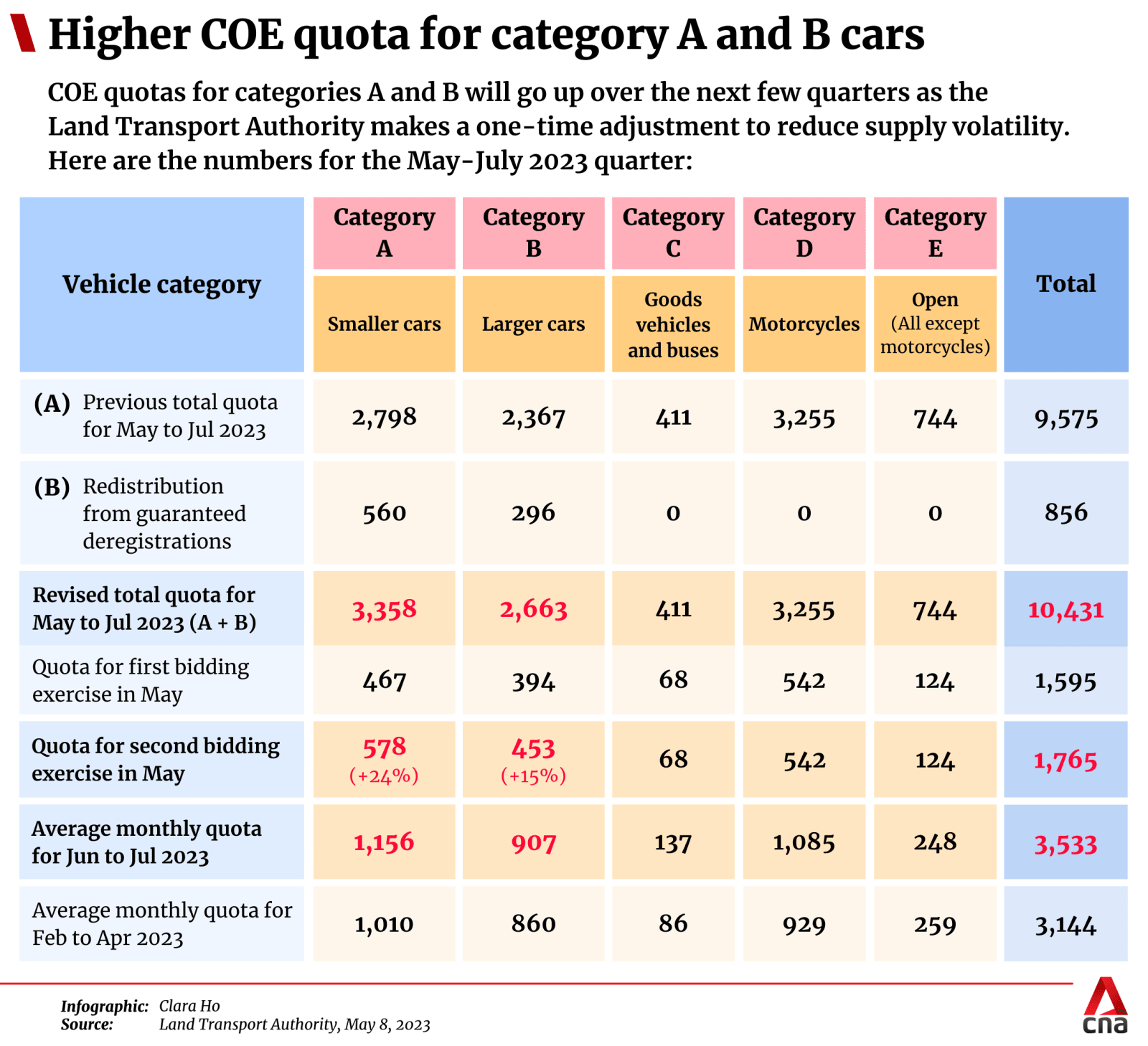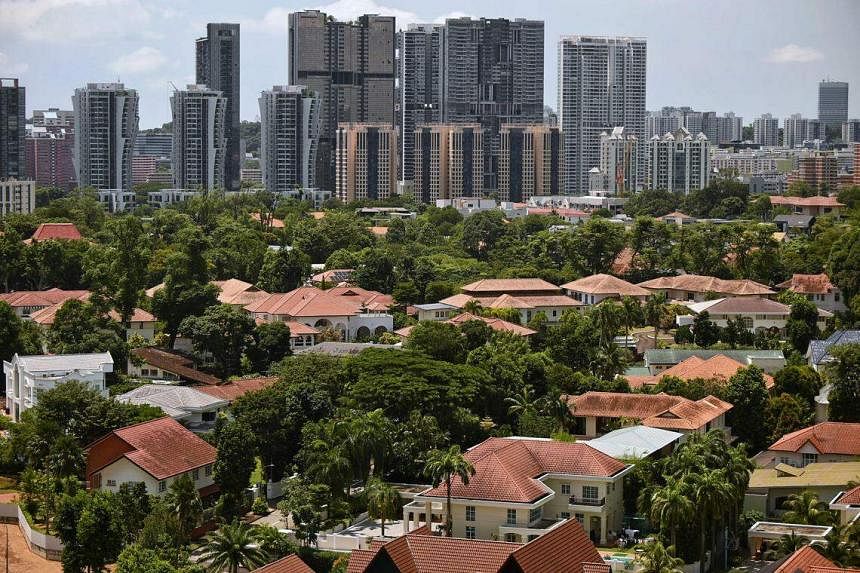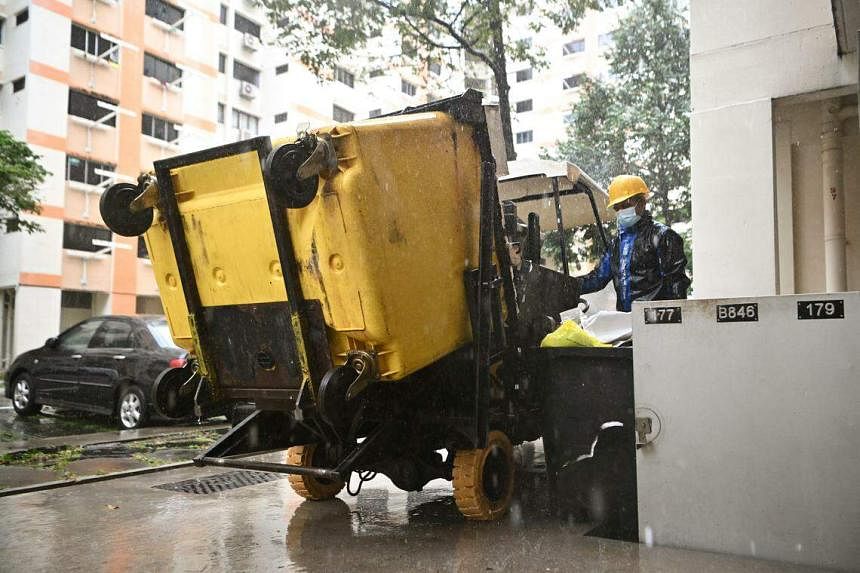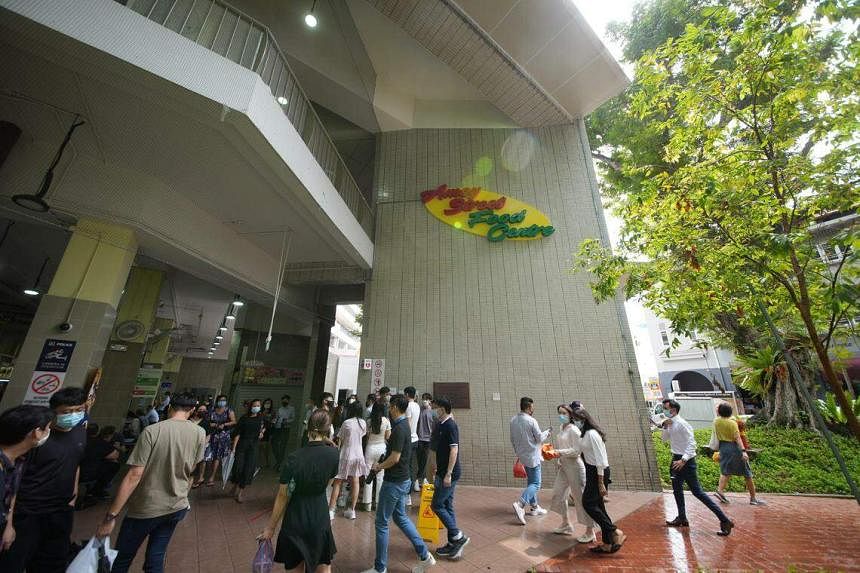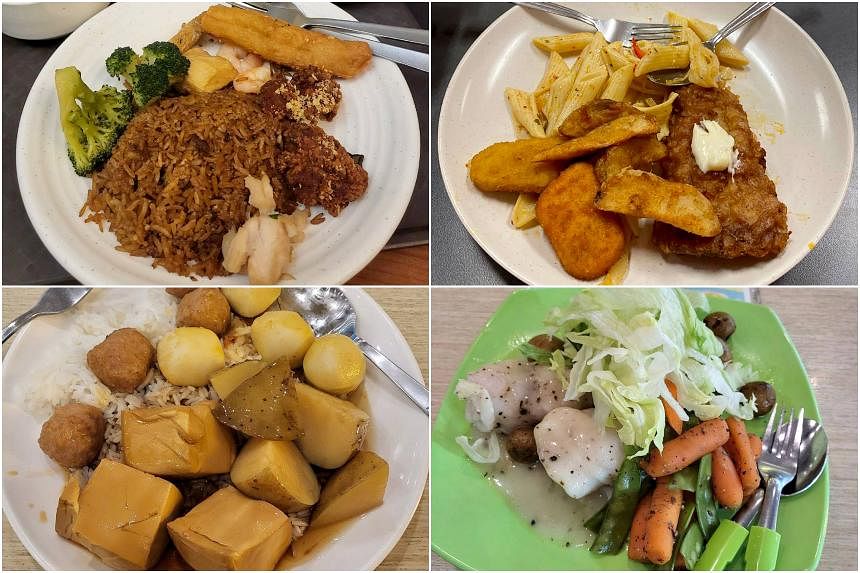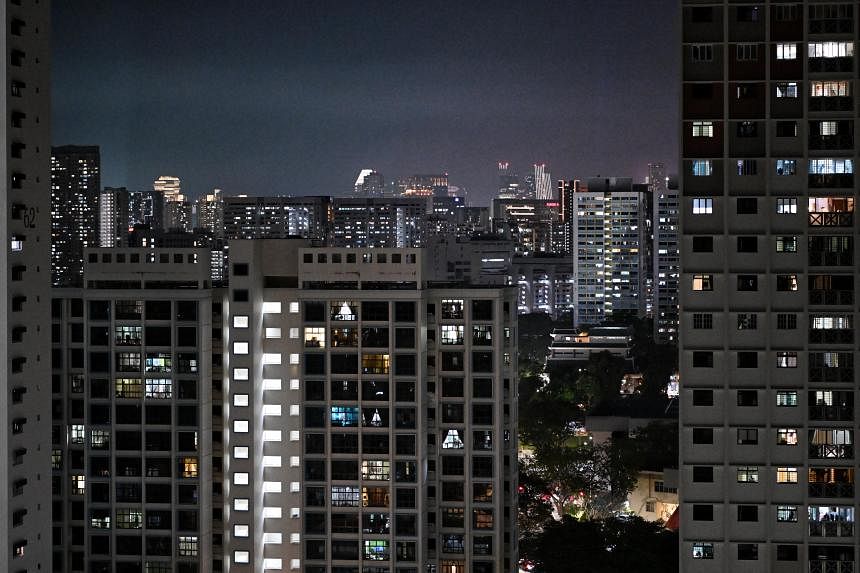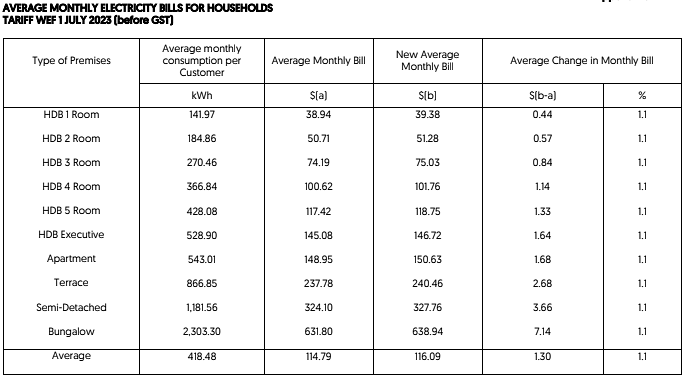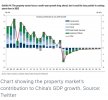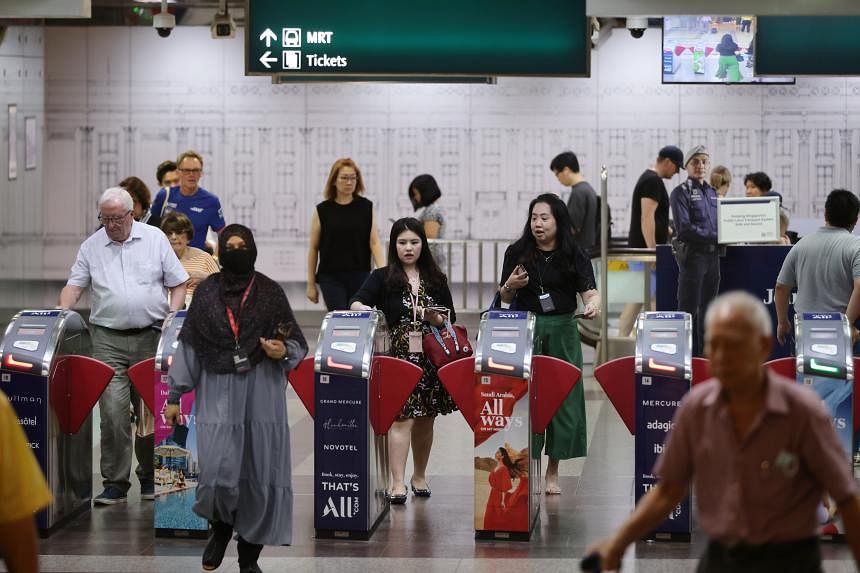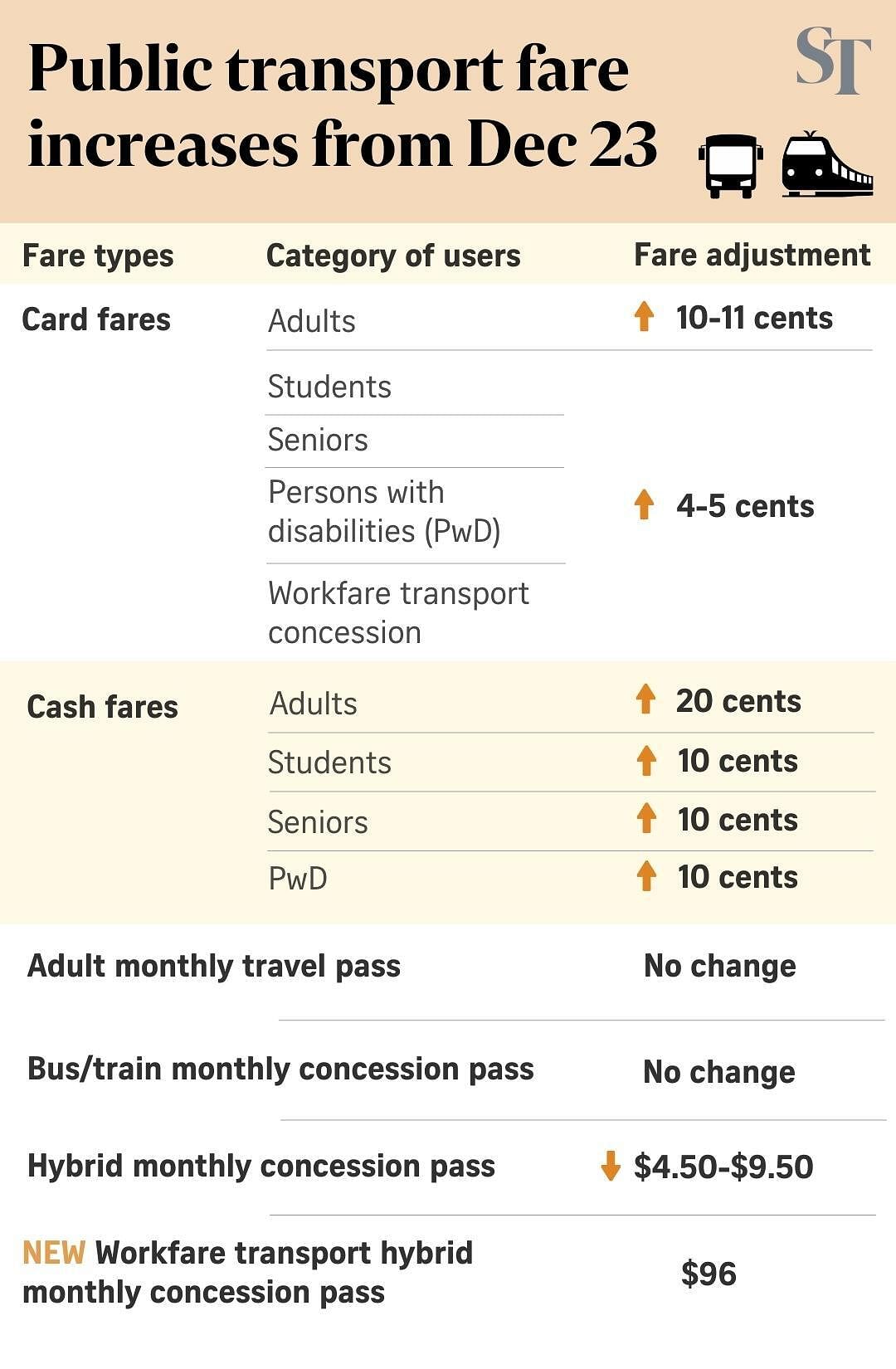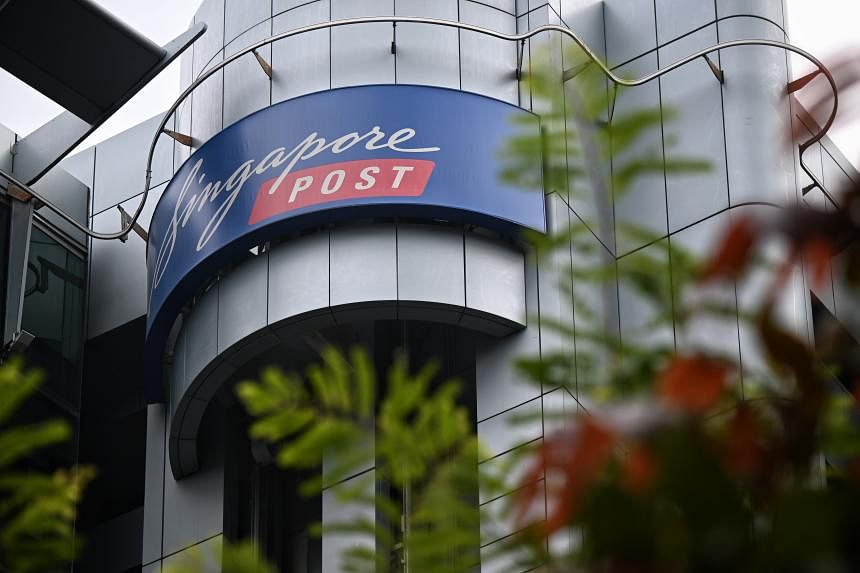Singapore Inflation Rate: Here’s How Much Prices Of Everyday Goods And Services Have Increased From 20 Years Ago
Inflationary pressures are not abating.
by
Angela TengSeptember 13, 2023
The rising cost of living is a topic of the town, due to inflationary pressures that are not abating. In 2022, Singapore’s Consumer Price Index (CPI) increased by 6.1%, rising almost three times that of 2021’s 2.3%.
This could mean that our expenses on consumer items cost more than before. If we rewind to 20 years ago and explore deeper. How would meat prices, clothes and transport costs differ then?
What Items Cost The Most In 2022
In 2022, the top three expenditure groups were housing and utilities, food, and transport. Housing and utilities took up 24.8% of expenditures, while food was 21.1% and transport at 17.1%. The higher costs of the three groups were moderated by communication costs which eased 1.2%.
Image Credit: Singstat
To compare 2022’s full-year figures with 20 years ago, which will be 2002, we will need to check against the CPI data over the years. The current CPI base year is 2019.
The base year is defined as the period with which all the other periods are compared and is the indicator to check against if the prices of a certain basket of goods rose or fell.
Taking into consideration the adjusted base year, I will then tabulate the price changes of individual prices of the following:
- Food;
- Clothing & Footwear;
- Accommodation;
- Utilities And Other Fuel;
- Household Durables & Services;
- Health Care;
- Transport;
- Recreation & Culture; and
- Education;
#1 Prices Of Food Rose 58.9% Compared With 20 Years Ago
Food prices in Singapore gained 58.9% in 2022, compared with 2002. This means that in general, your bowl of $2.50 fishball noodles in 2002 would cost $3.97 today.
Based on available data from the Department of Statistics Singapore (Singstat), it showed that the prices of all food items rose, including bread and cereals, meat, fish and seafood, milk cheese and eggs, fruits, vegetables, confectionary and non-alcoholic beverages.
Meat, milk, cheese and eggs prices almost doubled the price (86.7% to 90.9%) it cost to buy them 20 years ago. It is also interesting to note that food items like confectionary (e.g., sugar, ice cream) and non-alcoholic beverages (e.g., coffee, tea, soft drinks) had a slower increase in prices, of around 48% to 50%.
#2 Prices Of Clothing And Footwear Only Edged Up 1.1% Over 20 Years
Clothing and footwear prices moderated from the 2019 base year to 2022, perhaps due to the Covid-19 situation which led to fewer social outings and a decline in shopping for these items.
This helped bring the prices down for clothing and footwear items to match the prices of the same items 20 years ago.
#3 Accommodation Costs Up 39.7% Since 2002
Under the Housing and Utilities category of the CPI, accommodation costs comprise “rented and owner-occupied accommodation” as well as “housing maintenance and repairs”.
The changes in the CPI-imputed rentals on owner-occupied accommodation have no direct impact on Singaporeans who already own their homes.
#4 Utilities And Other Fuel Costs Grew 51.3% Since 2002
Utilities and other fuel prices increased over the last two decades, to 51.3%.
There was no available CPI data in 2002 for some items that belong to the same group under the housing and utilities CPI basket. This includes items like water supply, refuse collection, electricity and gas prices.
The earliest data available for items like water supply, refuse collection, electricity and gas prices was from 2014. Since the base year 2019, water supply prices have been consistent year-on-year while refuse collection prices, which were cheaper in 2014, cost much more now.
#5 Household Durables & Services Items Rose 25.3% In Prices
Your prices of furniture, furnishings, other household textiles, household appliances, and utensils costs – under the sub-category Household Durables CPI basket – gained 5.7% in the last two decades.
This group of items are actually one of the slowest in price growth. This can be perhaps due to our neighbouring countries who have plenty of furniture and household textiles available for importing, keeping prices at a slow pace of increase even after 20 years.
#6 Health Care Costs Up 53.6% Over 2 Decades
Health care fees include medicines and health products like medicines and vitamins and medical products. Outpatient services are also included in this category, which comprises fees at polyclinics, fees at general practitioners, specialist outpatient clinics, dental services and paramedical services.
Lastly, hospital services and health insurance also belong to this CPI basket.
It is expected for health care costs to rise since the services in the healthcare industry are heavily manpower reliant. Some CPI data that stood out was that hospital services rose incrementally (77.8%) over the last 20 years while outpatient services rose at a slower pace (54.9%).
#7 Transport Costs Up By 67.2% Since 2002
Private transport costs contributed largely to the increase in overall transport costs, with the prices of cars and motorcycles as well as petrol pump prices increasing in the last two decades.
As for public transport, rates rose slower, at 39.9% compared to rates in 2002. Public transport costs comprise bus and train fares, point-to-point transport services, and other public transport.
There was no CPI data for airfares in 2002, which meant that there was no data to compute the price changes, compared to 2022.
#8 Recreation And Culture Items Gained 17.8%
Under Recreation And Culture is the sub-category Recreational and Cultural Services and it includes sports services and other fees, cinema tickets, and charges to places of interest. In general, prices of items and services in the category rose slower (23.4%) compared with most other CPI goods from other categories over the two decades.
Another detail to note is that prices of holiday expenses (which include package tours and hotels and other expenses) rose 36.7% compared to 2002.
#9 Education Costs Up 75.7% Since 2002
Tuition fees rose three-quarter times in prices (76.4%) compared to 20 years ago. This includes tuition fees for primary and secondary education, and enrichment and supplementary courses.
It is cheaper to self-study, as prices of textbooks and study guides rose by 43.0%.
Overall CPI All-Items Up 44.7% Since 2002
Prices of items in Singapore increased in general, over time. This is interrelated to the job prospects of a country and wages as prices of goods and services tend to rise generally due to positive economic growth.
An increase in jobs and higher wages raise household incomes, causing consumer spending to rise. This leads to more demand and the opportunity for businesses to increase the prices of their goods and services because consumers can afford them.
When this happens across a large number of businesses and sectors, this contributes to an increase in inflation. Inflation can also be imported, for example, if suppliers raise the prices of their products due to the supply and demand situation in their home country (e.g., the Ukraine war) or in their produce (e.g., natural disasters lead to shortage).
However, when prices of goods and services rise faster than wages, this will lead to the ability to buy fewer goods and services than before.




